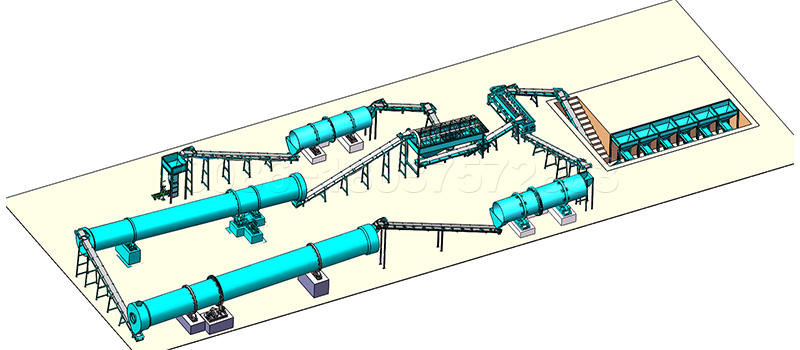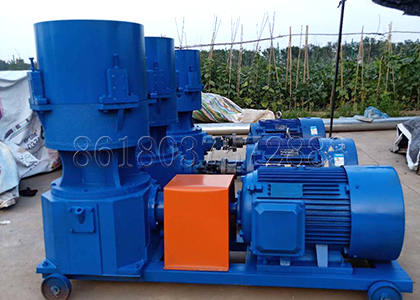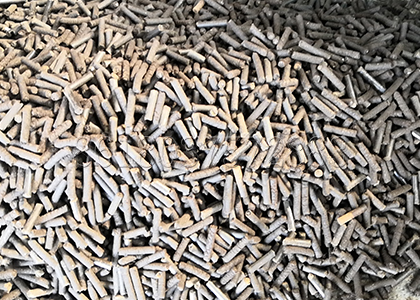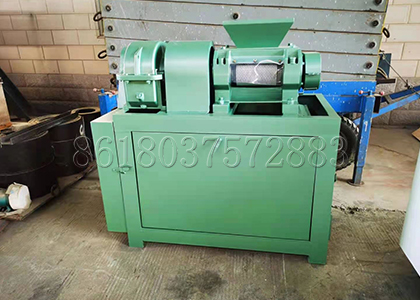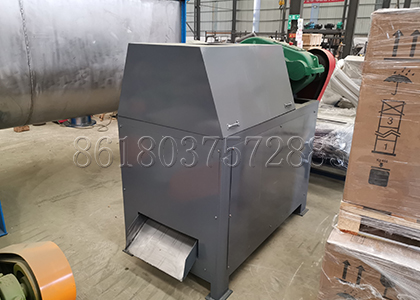Introduction to Water Soluble Fertilizers
Water soluble fertilizers are a form of fertilizers that can be dissolved in water and applied to plants through a variety of methods, including foliar application or through the irrigation system (fertigation). These fertilizers are known for their quick-release properties, providing nutrients to plants promptly and efficiently.
Raw Material Selection
The process begins with the selection of high-quality raw materials that contain essential nutrients for plant growth. These typically include sources of nitrogen, phosphorus, potassium, and trace elements like iron, manganese, zinc, and copper.
Nutrient Formulation
Determining Nutrient Ratios
Agronomists and soil scientists determine the appropriate nutrient ratios based on the needs of specific plants and their growth stages. The formulation is critical as it ensures the right balance of macronutrients and micronutrients to support optimal plant health and productivity.
Creating the Blend
Once the nutrient ratios are established, raw materials are precisely measured and mixed together. The blend is created to be balanced and to ensure that each nutrient will be available in the correct proportions when dissolved in water.
Granulation Process
Dry Granulation
The mixed raw materials may undergo a granulation process if they are not already in a soluble form. Dry granulation involves pressing the mixture through a machine that forms granules without the addition of a liquid. So you can use extrusion granulation equipment.
Wet Granulation
Alternatively, wet granulation involves adding a liquid solution to the mixture and then drying it out to form granules. This process can help ensure that the granules dissolve quickly and thoroughly when mixed with water. So you can use disc pelletizer equipment and rotary drum granulator.
Quality Control
Testing Solubility
A crucial step in the manufacturing process is quality control, where the solubility of the fertilizer is tested. The granulated fertilizer is mixed with water to ensure that it dissolves completely, leaving no residue.
Nutrient Analysis
The dissolved solution undergoes nutrient analysis to confirm that the nutrient content matches the intended formulation. Any adjustments needed are made before the fertilizer is approved for packaging.
Packaging
Moisture-Proof Packaging
Once the fertilizer passes all quality control checks, it is packaged in moisture-proof materials to prevent caking and ensure a long shelf-life. The packaging is typically labeled with information about the nutrient content, usage instructions, and safety precautions.
Storage and Distribution
Proper Storage Conditions
The packaged water soluble fertilizer is stored in a dry, cool place to prevent any degradation of the nutrients. This ensures that the product remains effective until it reaches the end user.
Efficient Distribution
A distribution network then transports the fertilizer to various retail outlets, agricultural supply stores, or directly to farmers. Efficient distribution is vital to ensure that the product is available when and where it’s needed, especially during critical planting and growing seasons.
Application Techniques
Fertigation System
In the fertigation system, the water soluble fertilizer is added to irrigation water and delivered directly to the root zone of the plants. This method ensures efficient use of the fertilizer and reduces the potential for runoff.
Foliar Spraying
Foliar application involves spraying the dissolved fertilizer directly onto the leaves of the plant. This can be an effective way to quickly correct nutrient deficiencies as the leaves can absorb the nutrients directly.
Conclusion
Water soluble fertilizers are an essential part of modern agriculture, offering quick nutrient availability and versatility in application methods. The water soluble manufacturing process is designed to produce a product that is efficient, reliable, and safe for both the environment and the end user. By following strict quality control measures and proper application techniques, water soluble fertilizers can significantly enhance plant health and crop yields.


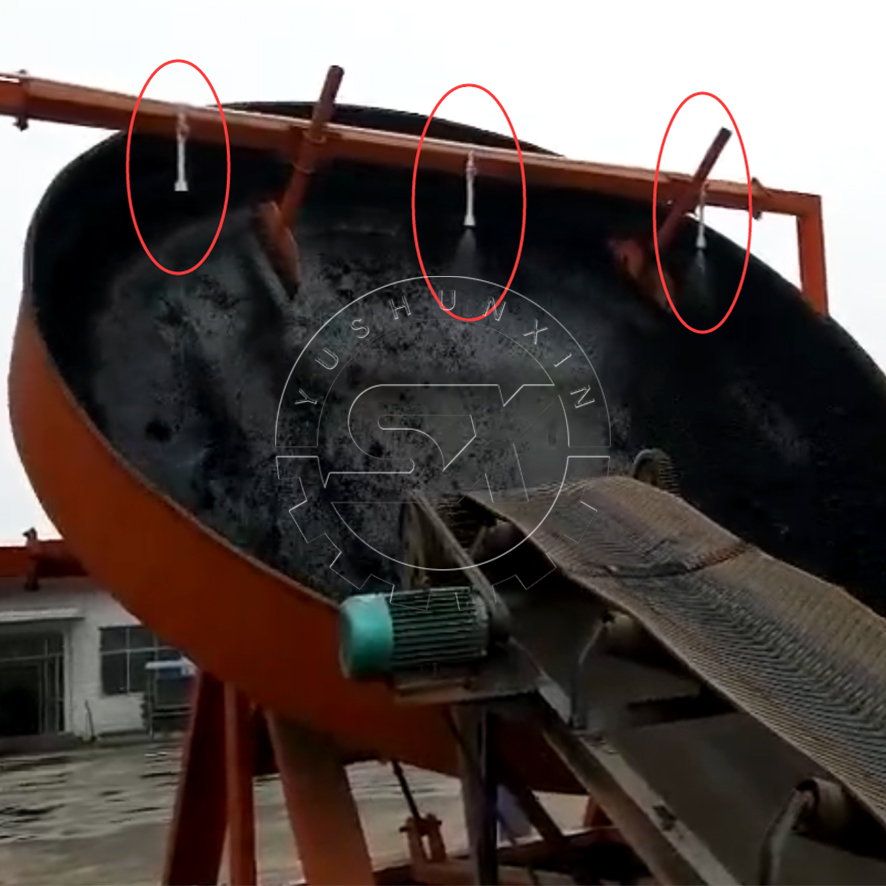
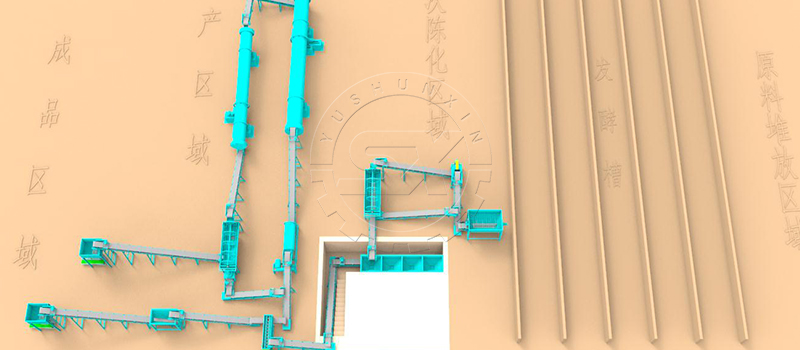
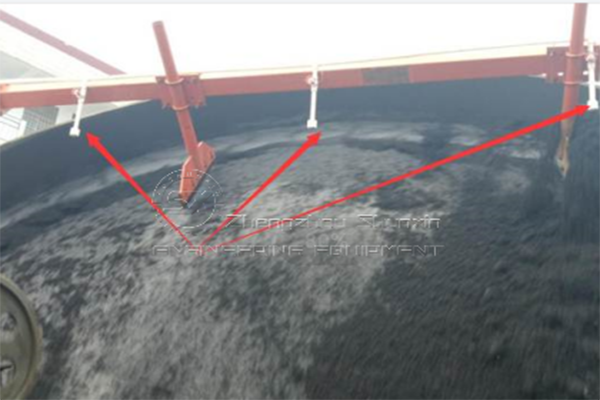
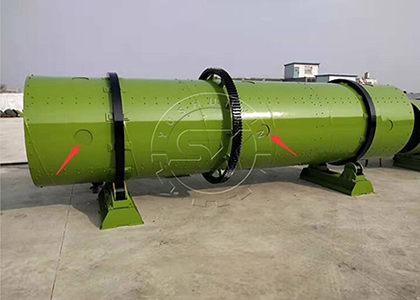
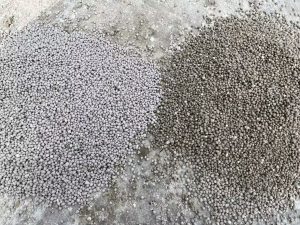


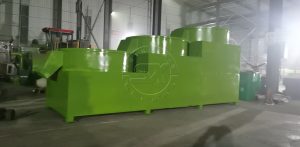

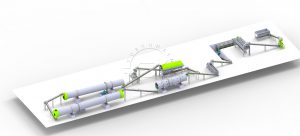


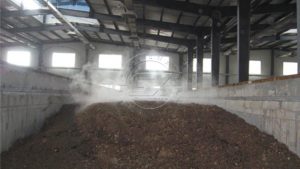
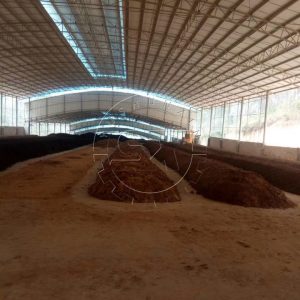


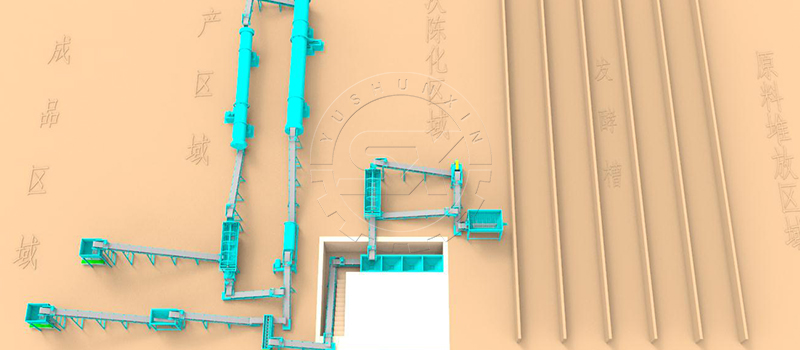
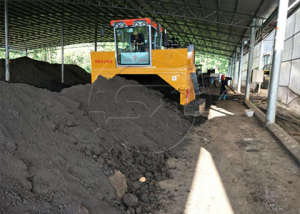

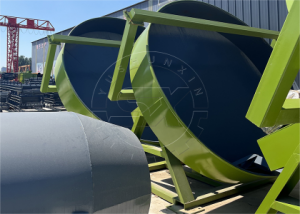

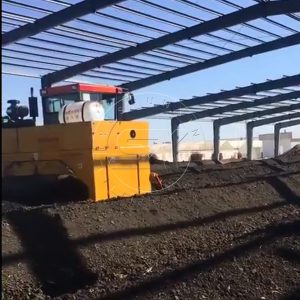

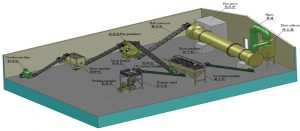

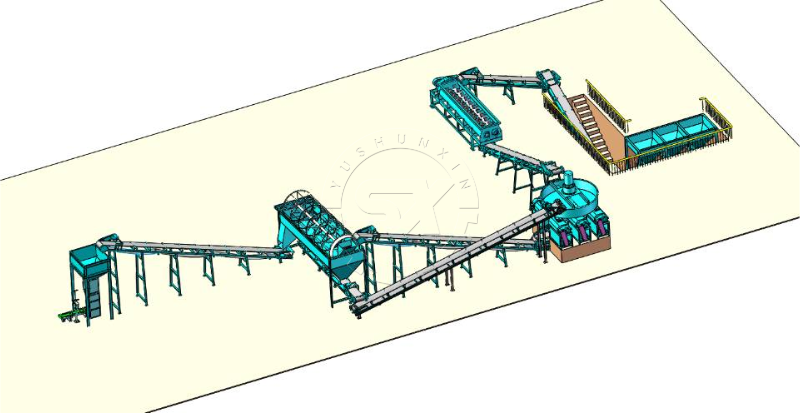



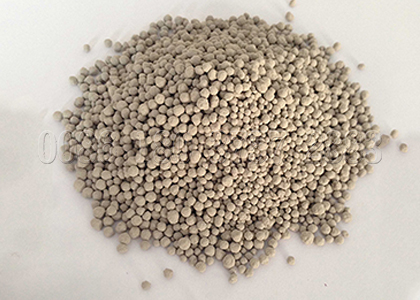
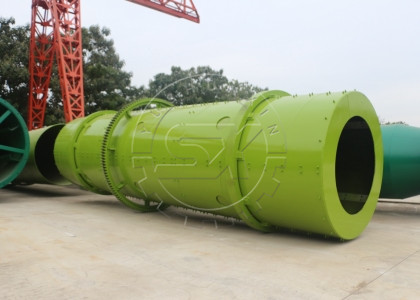
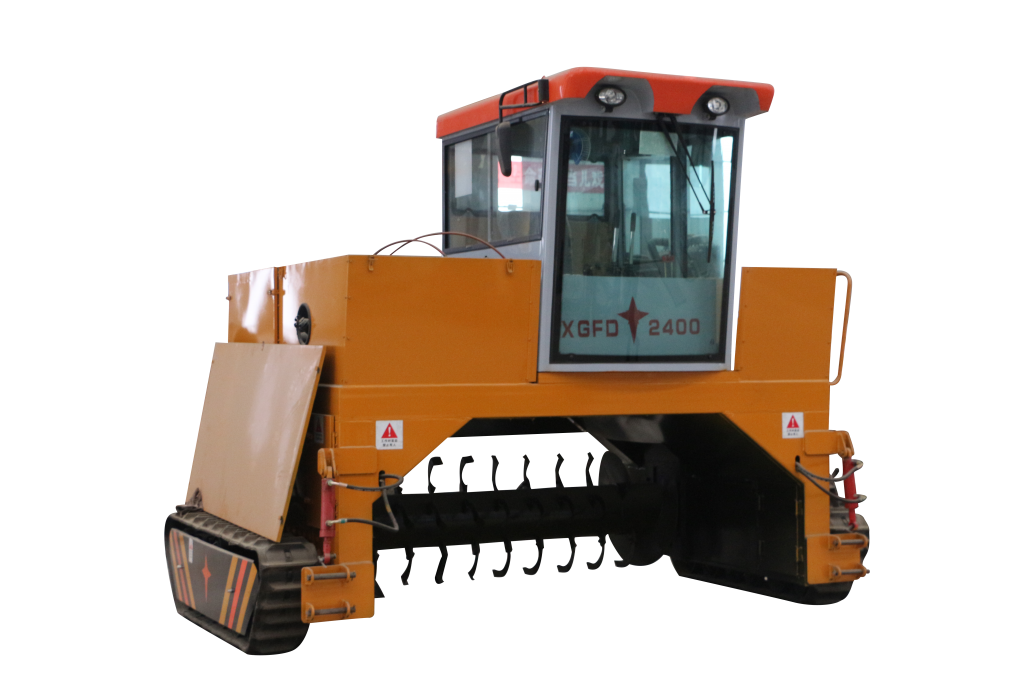
.jpg)
